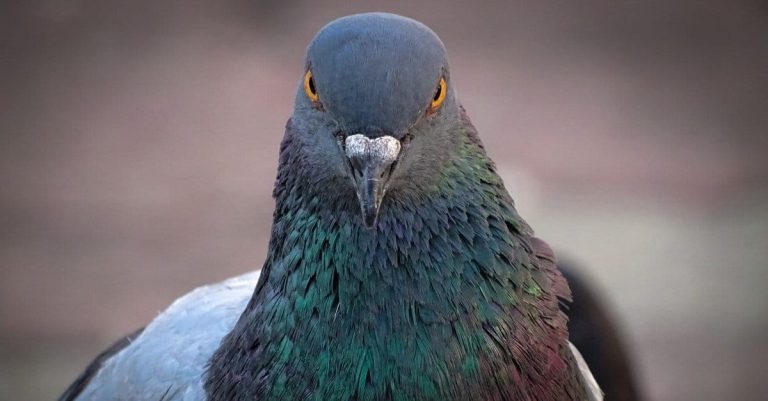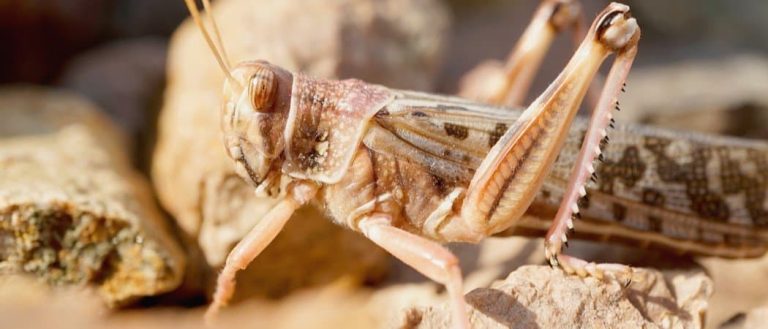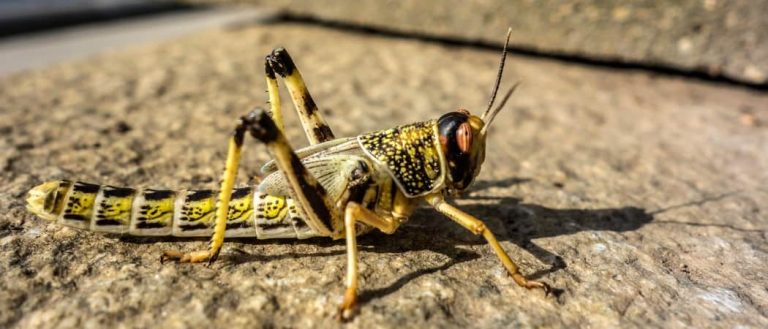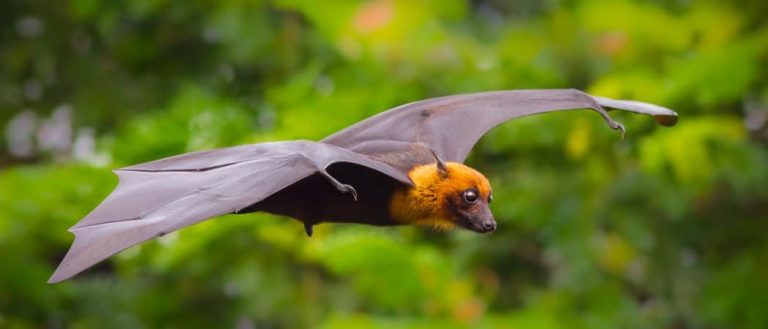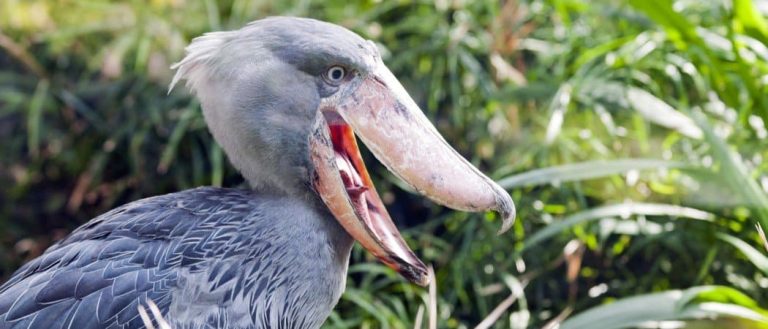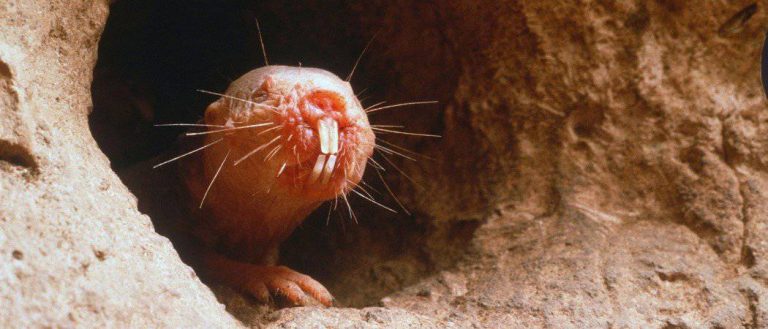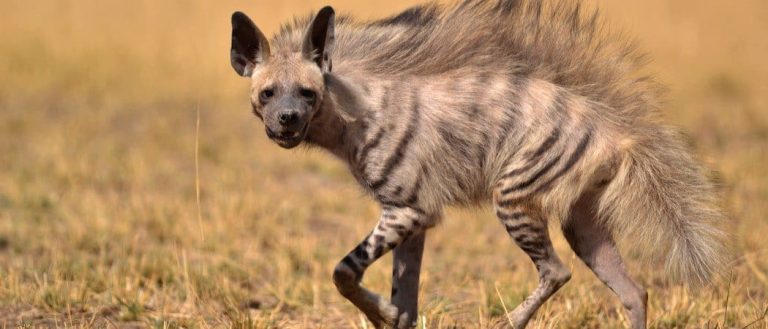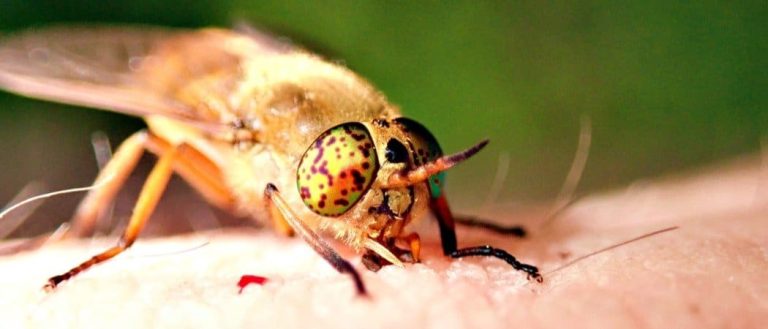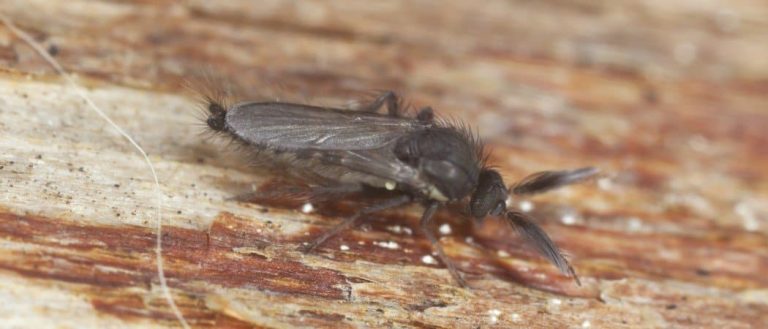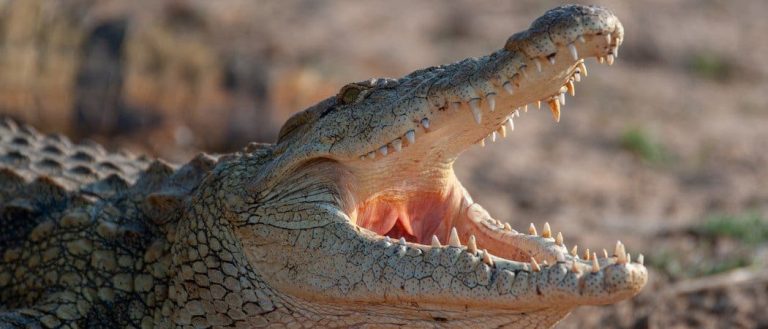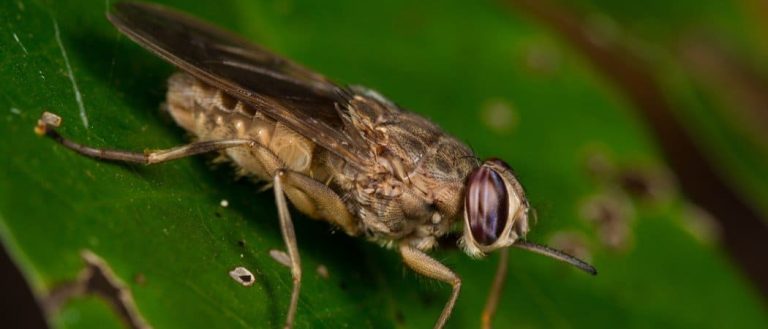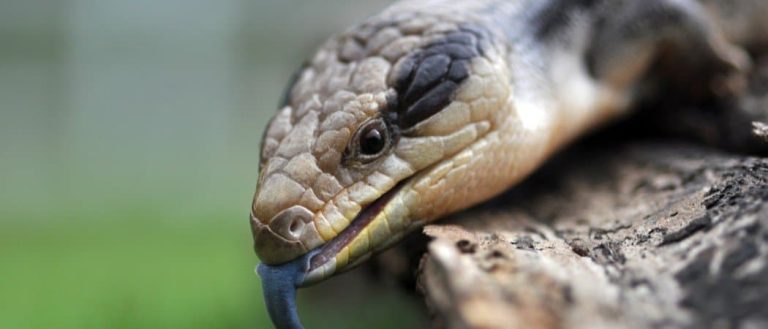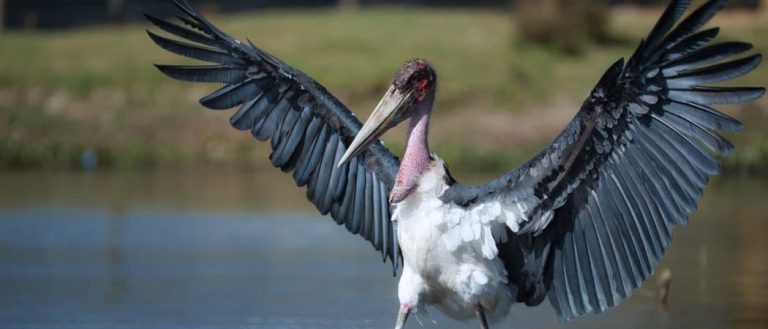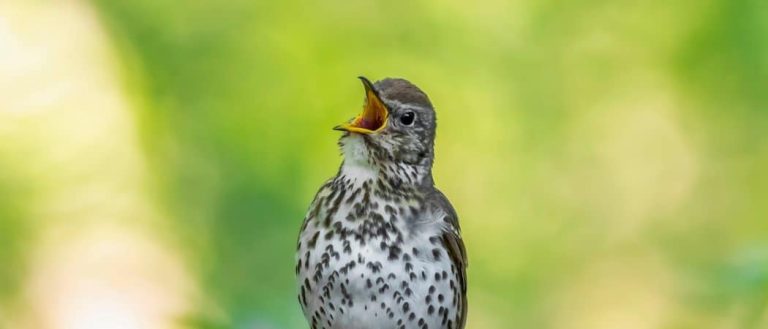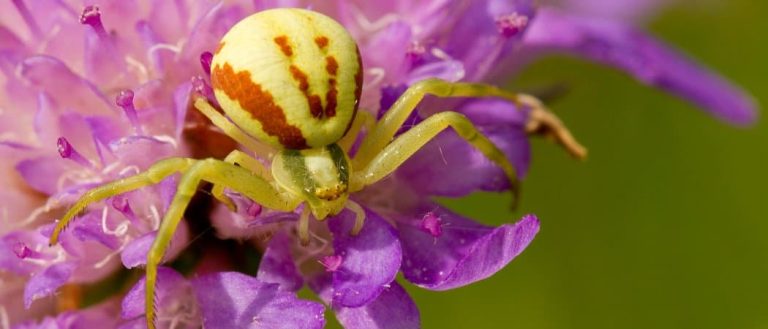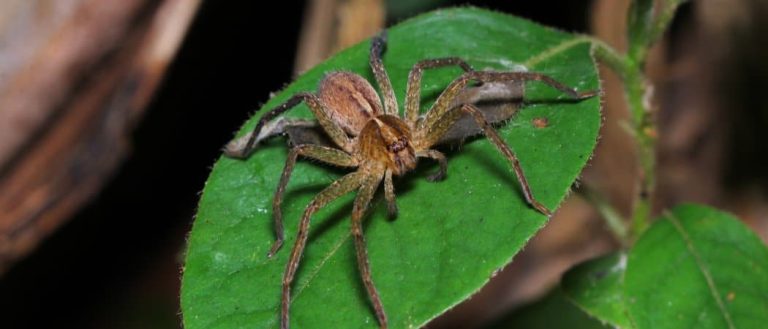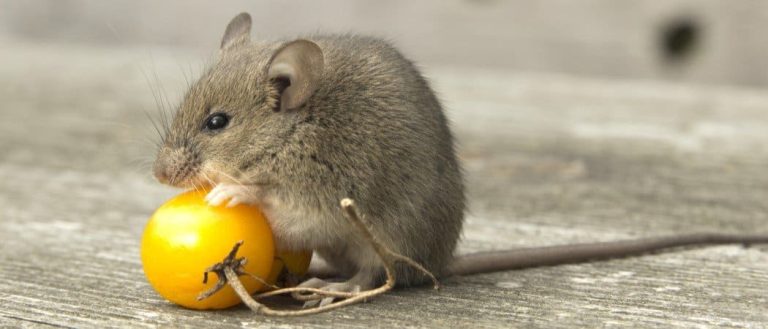Uganda
Desert Locust
Solitary locusts are grey while gregarious locusts are yellow with stripes.
Locust
Each locust can eat its weight in plants each day.
Fruit Bat
Among the largest bats in the world
Shoebill Stork
Adults greet each other by clattering their bills together.
Naked Mole Rat
Naked mole rats don’t get cancer
Striped Hyena
The striped hyenas usually mark their territories with the help of the scent gland secretions from their anal pouch.
Bush Baby
In a series of leaps, this creature can cover almost 30 feet of distance in just a few seconds.
Horsefly
Horseflies have been seen performing Immelmann turns, much like fighter jets.
No See Ums
There are more than 5,000 species.
Nile Crocodile
When a female Nile crocodile’s hatchlings are in danger, she may hide them in a special pouch inside her throat.
Tsetse Fly
Tsetse flies are large biting flies that live in the tropical regions of Africa.
Skink Lizard
Some skinks lay eggs in some habitats while giving birth to skinklets in other habitats.
Marabou Stork
The marabou stork does not have a voice box.
Thrush
The American robin is called the robin because its red breast reminded European settlers of the robin back in the old country.
Crab Spider
Crab Spiders can mimic ants or bird droppings
Huntsman Spider
Some huntsman spiders have an interesting way of moving around. Some cartwheel while others do handsprings or backflips.
Rodents
The capybara, the world’s largest rodent, likes to be in and around bodies of water. Because of this, the Catholic Church in South America decided that it was a fish, and people were allowed to eat it during Lent and First Fridays.

